Mon-Fri
9AM - 7PM
Saturdays
9AM - 5PM
Sundays
10AM - 3PM
714 N Avalon Blvd, Wilmington, CA 90744, USA
Mon-Fri
9AM - 7PM
Saturdays
9AM - 5PM
Sundays
10AM - 3PM
714 N Avalon Blvd, Wilmington, CA 90744, USA
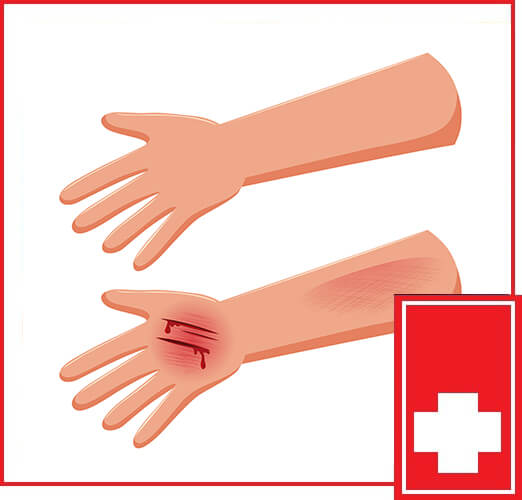
A laceration is a wound procedure used to treat cuts or tears that have damaged the skin and its underlying tissues. These tissues include muscles, subcutaneous fat, and tendons. The procedure is performed by cleansing and preparing the wound to close it. Small minor cuts or tears may not need medical attention. However, if the tear or a cut is large, deep, and open, lacerations must be performed immediately. The procedure is done medically to prevent further complications such as over bleeding, infections, and severe scarring. Currently, several medical techniques are used to repair lacerations. When it's appropriate, modern techniques are applied instead of the conventional sutures and stitches. The more advanced methods include adhesive strips, staples, and skin glue.
A laceration treatment aims to reduce the risk of infection by performing cosmetic hemostasis that produces optimal results. Although lip laceration repair aspects have not changed in the last few years, updates have been made to standard management. Several studies have been done, but it is still hard to define the "golden period" where wounds are safe enough to repair without increasing the risk of infection. The type of wound will determine how long it can stay without closing. In some wounds, it can even take more than 18 hours after injury before closing. Compared to sterile gloves, nonsterile gloves don't increase the risk of infection when laceration repairs are made. The risk of wound infection does not increase when you use irrigation or potable tap water instead of sterile saline. When treating low-tension skin areas, wound adhesive strips and tissue adhesives will work just fine. Since most environments promote fast wound healing, you should consider semi-occlusive and occlusive dressings when necessary. If indicated, tetanus prophylaxis should be administered. An expert will decide the appropriate time to remove the suture depending on the location.
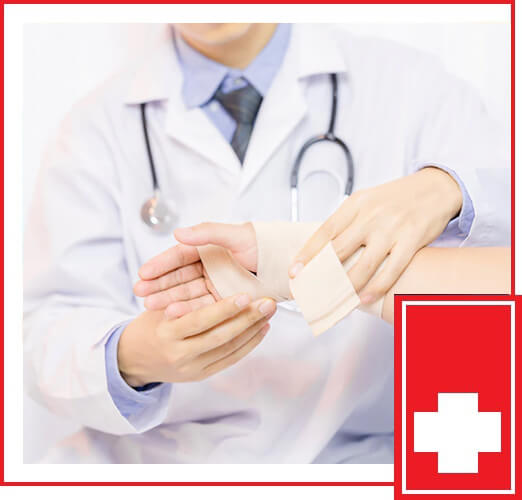
Once your wound is glued, or your staples or sutures are put in, an aftercare care guide will be given to you to help you take good care of the wound while it heals properly. Once the treatment is done, the patient needs:
The vaginal laceration repair procedure at Wilmington Urgent Family Clinic in Wilmington, San Pedro, across Long Beach, Torrance, Carson, or Lomita is usually quite simple to perform, and you won't experience any complications. However, always be on the lookout for signs of infections, and if you see any, rush back to our office immediately. Some of the red flags you should watch out for include tenderness, increased redness, warmth in the sutured area, puss, unusual swelling, and fever.
Medical care may not be necessary if the cut is small, shallow, clean, and not bleeding. You may only need a bandage and antibiotic ointment. Medical attention may be required in the following circumstances:
Medical care may be necessary if the wound stands a high risk of tetanus. Tetanus may come as a result of a bacterial infection from dust, dirt, or feces. The patient may also require medical attention if there are scary concerns.
It is very easy to detect lacerations from the following signs and symptoms – a noticeable wound on the skin that hurts and bleeds. Lacerations on the elbow, hand, wrist, finger, ear, tongue, face, and thumb may be debilitating. However, professional medical care may not be necessary for such wounds. Below are examples of lacerations that require medical privacy attention:
If you are not assured whether your laceration treatment requires medical attention or not, a wise thing to do is to consult your doctor to avoid life-threatening situations.
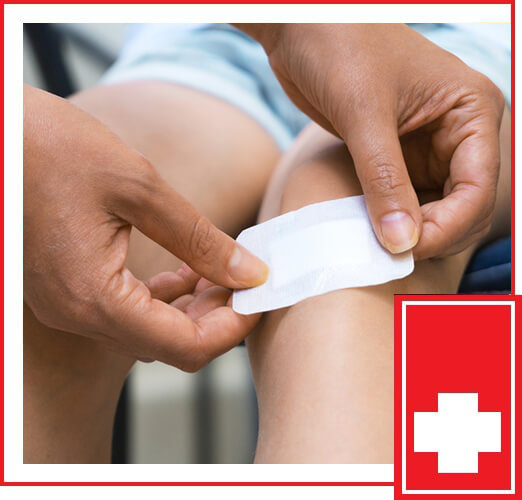
You will require medical assistance if the laceration is deep and wide, especially a tongue laceration treatment. This is because such a cut or a wound will need staples or stitches. When a wound is stitched or stapled, it promotes faster healing, bacteria is kept away from the wound, and chances of infection are reduced. It also helps to prevent unsightly scarring.
If a cut requires stitches, it has to be repaired within six hours after an injury. Face or head laceration treatment can take up to 24 hours to be repaired after an injury. But if the laceration is a deep scrape that grinds dirt into the skin, you may need to take action immediately to avoid infections. Generally, lacerations due to penetrating metal or glass or even gravel will require an x-ray. This helps to ensure that any fragment left in the wound is removed. If fragments remain in the wound, they may damage the skin permanently and increase the risk of infection. You should immediately seek medical attention if you suspect that the wound is infected. Symptoms of infection to examine for include: Swelling, Redness, Draining pus, Increasing tenderness and pain a day or days after the injury
It can be quite hard to get proper financial information about the laceration cost. The laceration may be simple or complex, and the cost of a patient receiving laceration treatment may range between several hundred to thousands of dollars. Compared to thumfb laceration repair done in other healthcare facilities, which offer their services expensively, urgent care offers quality laceration treatment at reasonable rates.
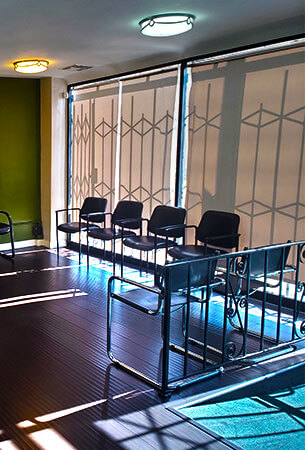
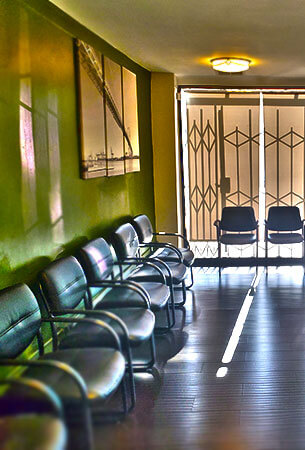
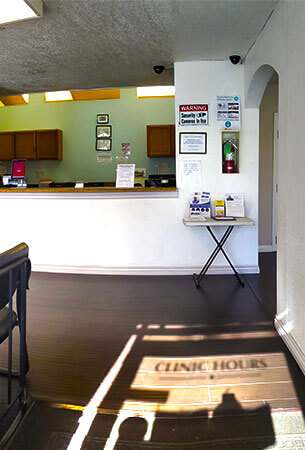
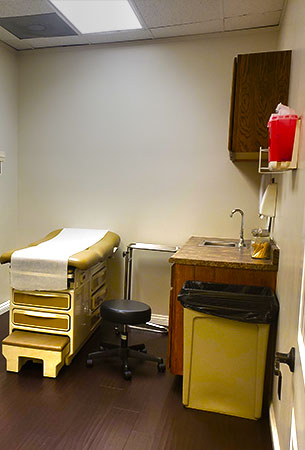
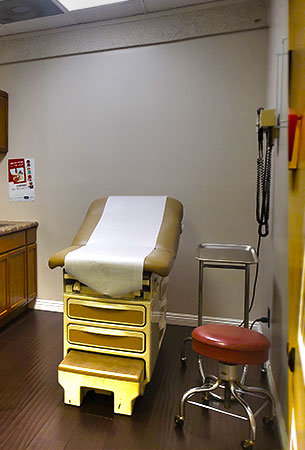
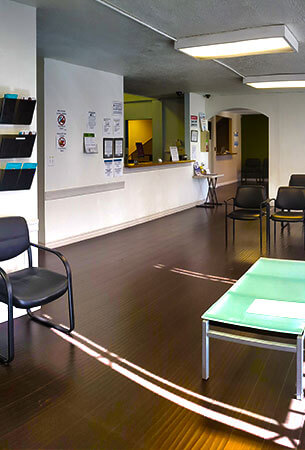
Obtaining medical services, particularly finger laceration repair services from an Urgent Care Clinic is beneficial over going to an emergency room for several reasons. Wilmington, San Pedro, across Long Beach, Torrance, Carson, or Lomita based urgent care clinics like Wilmington Urgent Family Clinic are recommended for a patient who requires medical attention for a time-sensitive situation. An emergency room only handles emergency medical situations; these are life-threatening medical situations. An urgent family clinic may be the best option when a patient requires urgent ear laceration repair or care but the primary care provider is unavailable.
Laceration repair refers to cleaning, prepping, and closing the cut. A wound has a cut or a tear in the muscle, tissue, or skin. Wounds may vary in depth, length, or width.
Proper laceration treatments would be sutures for closing skin lacerations or a wound that extends through the dermis. The reason is that this type of wound has the potential of causing excess scarring when the edges are poorly opposed.
If a wound needs to be closed, staples and stitches are necessary. Or the doctor may also use skin adhesives, also known as liquid stitches. Usually, this must be done within 6 to 8 hours after an injury, and other mild wounds can stay up to 24 hours.
If the laceration happened recently, the doctor might need to suture the wound if it is large enough to require such a procedure. Surgical repairs may not be necessary if the punctures or lacerations are small and shallow. You will not need laceration surgery if the length is less than 1/2 inch in length.
If the wound did not suffer any infection because the object that caused the laceration was clean, the wound could stay for more than 18 hours after injury. The head wound can stay for up to 24 hours before closing after injury.
Laceration and cuts often mean the same thing, and they can be interchanged. Both words show that a sharp object has damaged the skin, and it may be a piece of glass or a knife. The wound is bound to bleed. A laceration involves a severe deep cut, while a cut is all about mild cuts.
You can treat a laceration at home if it does not affect the muscle or fat tissues. This also means that the treatment area is not more than half an inch long.
The preferred treatment for skin laceration repair is known as suturing. There are also tissue adhesives that are used to close the wound. You can apply petroleum jelly if the wound is already sterile, which will work as effectively as applying antibiotic ointment.
For a deeper wound to heal completely, it may take several weeks which may also run into months. This type of wound may need professional help to dress, and you may also require stitches or staples to prevent further complications or stitches.
This type of wound is often jagged and irregular. A laceration may suffer contamination from bacteria depending on the object that caused the injury. A puncture wound is usually caused by a sharp pointy object such as a nail.
Wilmington Urgent Family Clinic is the most advanced clinic in the city of Wilmington, California. The founders of this facility had nothing but good intentions for starting this healthcare facility. While treating patients, we do it compassionately. At Wilmington urgent care clinic, patients have the best experience in the world, no matter what they are suffering from.
Wilmington Urgent Family Clinic services are available for extended hours for all patients to receive treatment and diagnosis. We offer services based on a walk-in basis, and this means that the first person to be catered to is the first person who walks in. We have state-of-the-art equipment; among them are state-of-the-art x-ray services.
Walk-in urgent care clinics such as Wilmington urgent care offer physical examinations conveniently. If you want to get a tongue laceration repair or treatment, just type the laceration treatment near me in Google's search bar. All the information that you require about Wilmington urgent care clinic is on their official website. With our professional and experienced staff, you are guaranteed superb and unrivaled healthcare services at affordable rates. We have several clinics spread in various locations in Southern California.
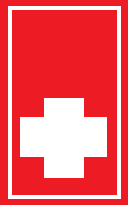
No more waiting for long hours in emergency rooms when you have Wilmington Urgent Care. Fix your appointment today and get attended right away.